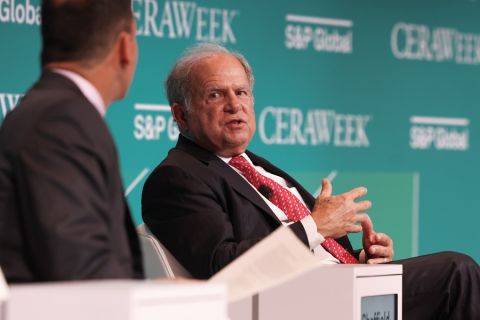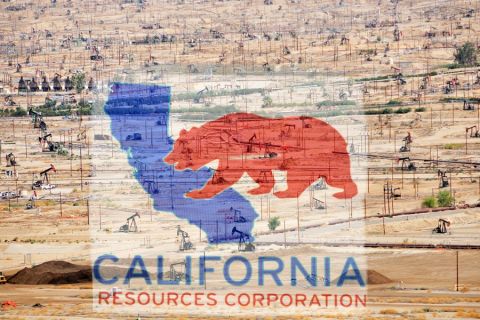The Eagle Ford has multiple transport options for its growing production, a liquids transport panel told a standing-room only crowd at the DUG Eagle Ford conference’s midstream track in San Antonio.
Furthermore, the play enjoys growing domestic and international markets for that output added one panelist, Col. Len Waterworth, executive director of the Port of Houston. The port now ranks as the biggest in the U.S., and it will continue to grow as the expanded Panama Canal opens in early 2015, he added, saying the big port must look to “unconventional ideas, just as it did 100 years ago.”
He reminded the audience that the port and the canal are closely linked historically and, in fact, officially opened on the same day in 1914.
The energy industry has focused on the port’s expanding capacity to handle petroleum product and liquefied petroleum gas exports, Waterworth said. However, equally important has been expansion of the port’s already large shipping container capacity. Plastic resins fill a large percentage of those outbound containers— products made from gas liquids produced in the Eagle Ford and elsewhere.
In his panel presentation, Mike Howard, chief executive of San Antonio-based Howard Midstream Energy Partners LLC, told the audience DUG Eagle Ford provides his firm with an annual opportunity to reflect on how it has grown since its founding in 2011. And grow it has, he said, with Howard Energy now having more than 500 miles of pipeline in the Eagle Ford. It provides gathering, processing, compression, amine treatment “and all the usual midstream services,” the chief executive said.
But to assure continued growth, Howard Energy management “made a very conscious decision about a year ago that we need to cut the molecule in more ways,” to find new markets for the play’s abundant gas liquids.
The third member of the panel, Rick Wilkerson, president and chief executive of Tulsa-based Velocity Midstream Partners LLC, gave details on his firm’s rapid expansion in the Eagle Ford, saying his private firm has an advantage because “it can take a little more risk” than public firms in building midstream infrastructure as production grows. That risk has been rewarded well as the play has grown in recent years, Wilkerson said.
Velocity has its new East Eagle Ford and Central Eagle Ford gathering systems under construction that will eliminate the need for a substantial amount of truck traffic in the play. The new systems also will help midstream operators meet stringent demands for product purity. “It’s important to keep the stream neat,” he added.
His firm is not a gas liquids marketer but Wilkerson mentioned that multiple, and close, markets for Eagle Ford gas liquids represent a significant plus for the unconventional play, compared to other unconventional plays in North America.
Recommended Reading
FTC OKs Exxon-Pioneer Merger, but Bars Sheffield from Exxon’s Board
2024-05-02 - A megamerger between Exxon Mobil and Pioneer Natural Resources can proceed, but Pioneer Chairman Scott Sheffield is out, the Federal Trade Commission says.
Comstock Adds Four Whopper Wildcats; Takes Western Haynesville to 450K
2024-05-01 - Comstock Resources' four newest wells, which IP’ed at more than 35 MMcf/d, were landed at up to 19,400 feet total vertical depth.
Marketed: Wylease Niobrara Shale Cloud Peak Opportunity
2024-04-30 - Wylease LLC has retained EnergyNet for the sale of working interest in the Niobrara Shale of Converse County, Wyoming in the Cloud Peak 3874-8-5-1NH.
Marketed: Wylease Niobrara Shale Opportunity
2024-04-30 - Wylease LLC has retained EnergyNet for the sale of working interest in the Misty Moon Lake 3874-17-20-1NH of Converse County, Wyoming.
Berry Bolts On More California Assets as Kern County M&A Continues
2024-03-06 - As Berry Corp. continues its aggressive hunt for growth opportunities outside of California, the E&P made a second bolt-on acquisition in Kern County in the fourth quarter.



